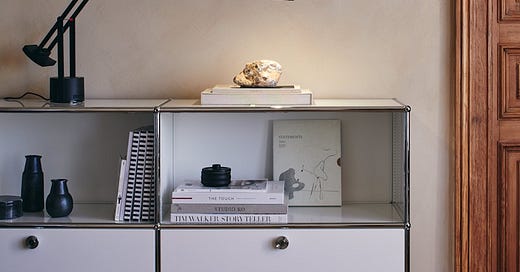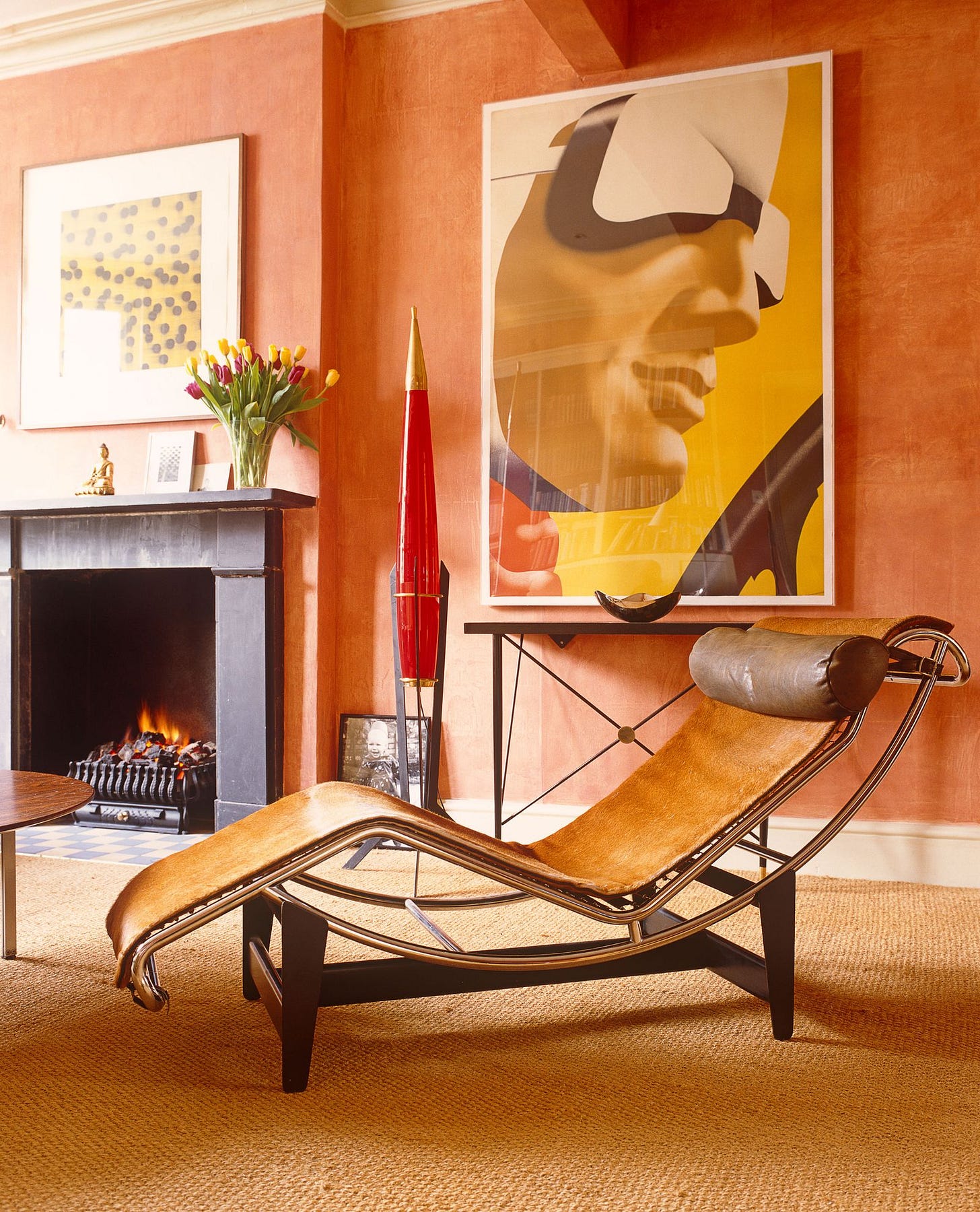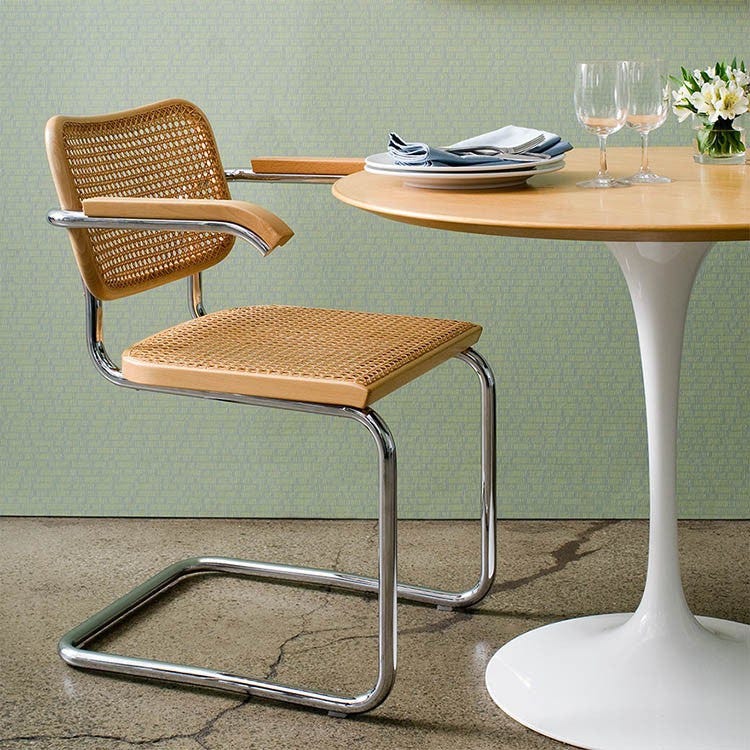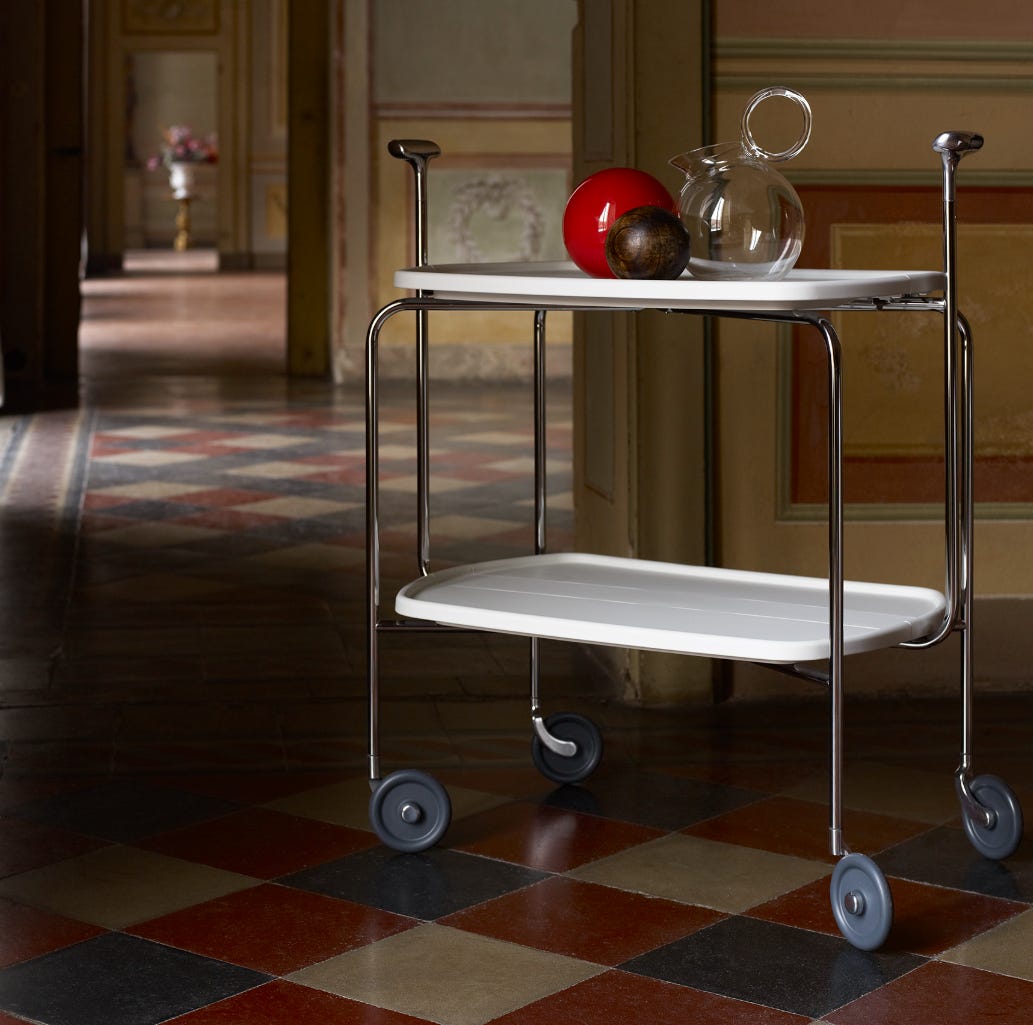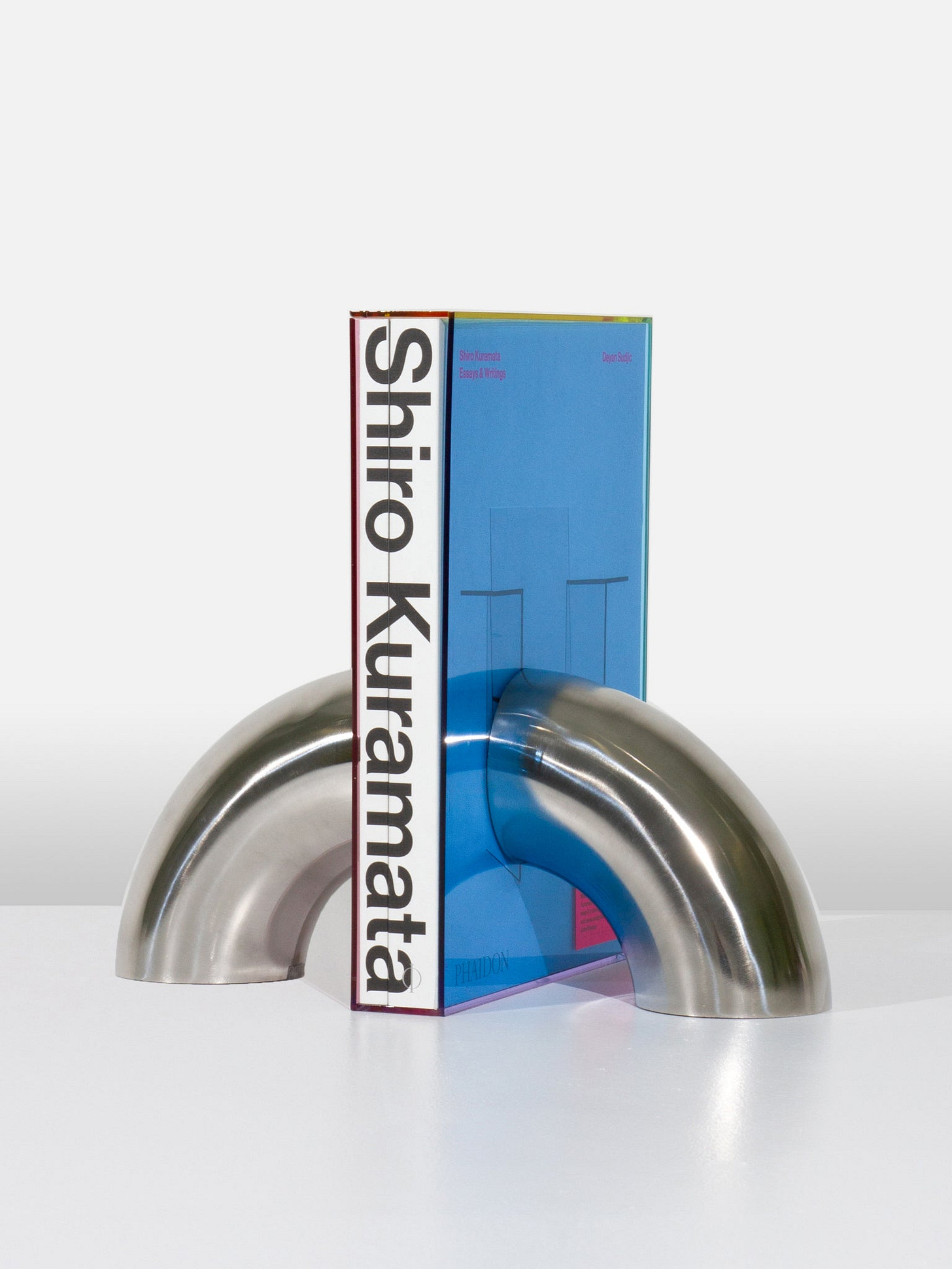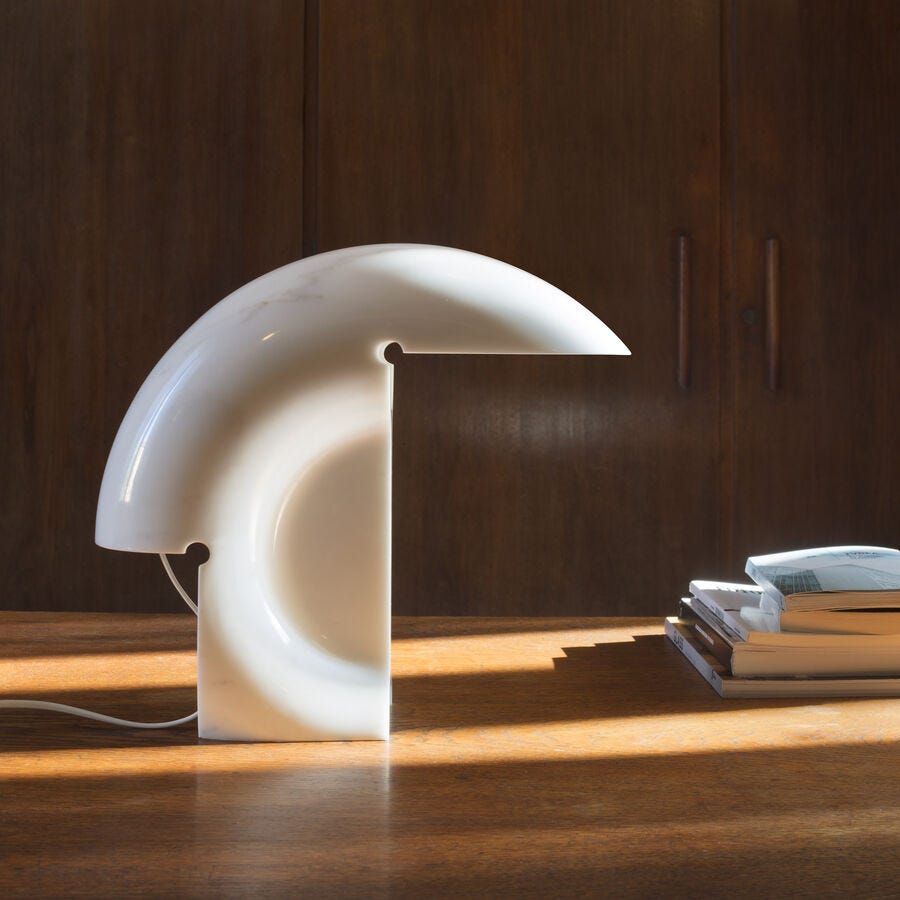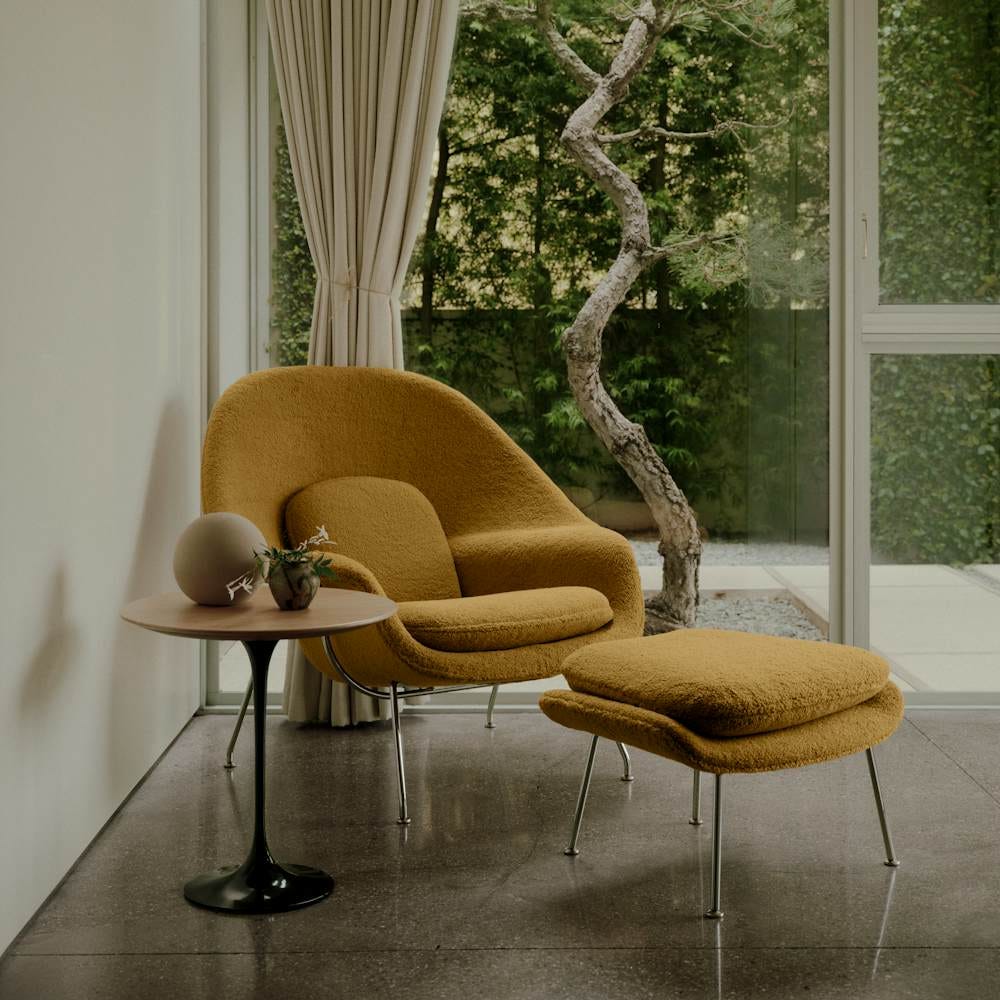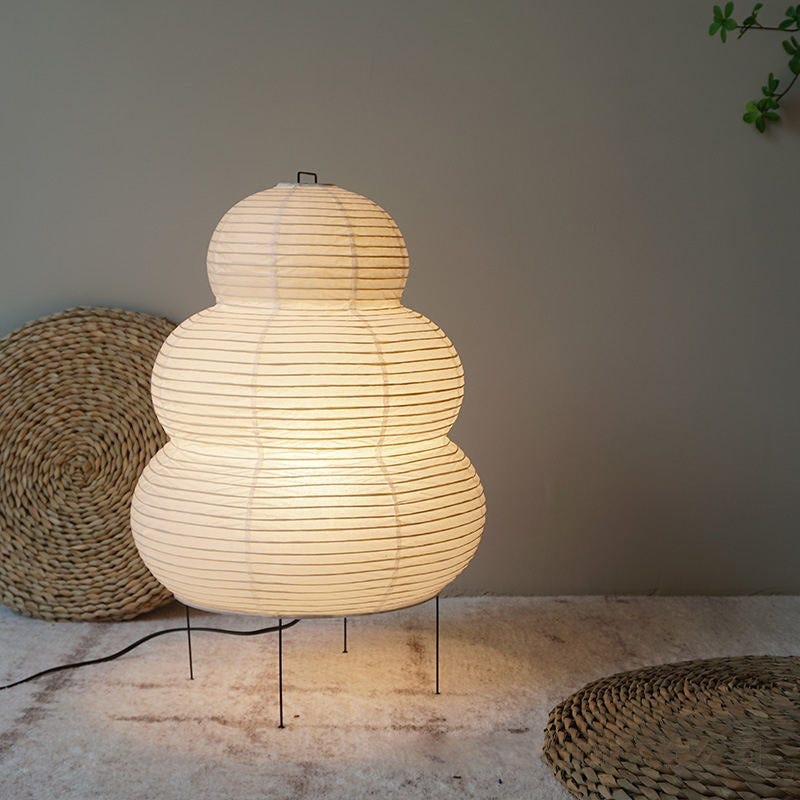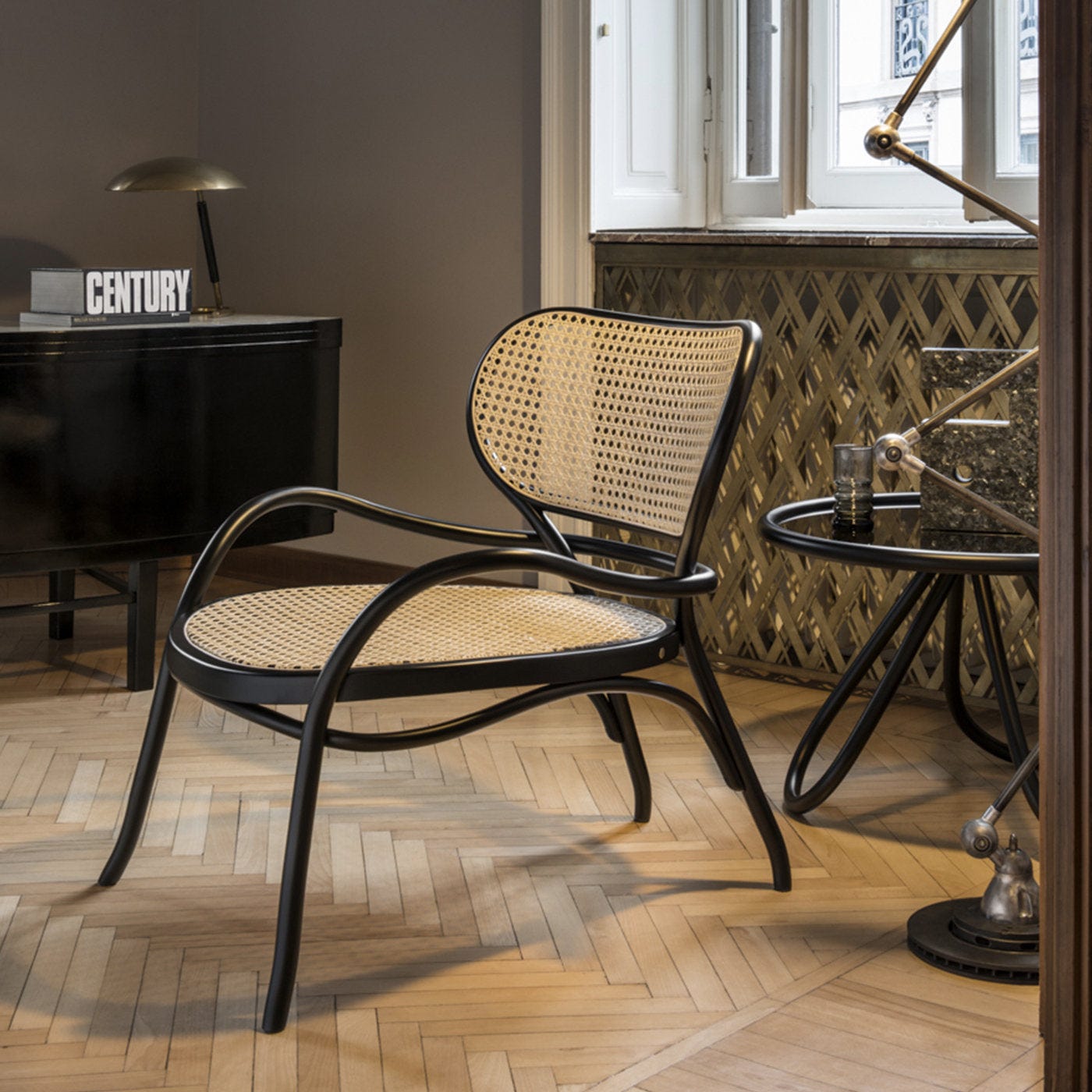I think about furniture quite a lot. Some have called me obsessed, but I believe that a keen interest in furniture is healthy for young architectural designers. After all, many architects studied in architecture school designed chairs, tables, or other furniture pieces. Some of them don’t even distinguish the design of furniture and buildings, citing that any spatial design intervention which contends with human function is at it’s core, architectural. Whether it be at the scale of city blocks or door handles, architecture is spatial construction.
I am happy to own a few nice pieces of furniture myself which I have been collecting since getting a fulltime job after graduate school. My chairs mean a lot to me because they are a way for me to connect with the history of the design field.
Healthy or not, furniture has become an in-grouping mechanism for designers and architectural educators. Even if you care for your design profession, it can be valuable to demonstrate it with your purchases. My firm’s Philadelphia office, for example, uses Eames Soft Pad Manager Chairs in their conference rooms, and a set of Cherner Armchairs in the lobby. Is this necessary to spend this much money on office chairs? It is not, but it certainly communities loads to our clients. The Chicago office has quite a few George Nelson Pedestal Side Tables, a Platner Coffee Table which sits front and center in the lobby, and a Wood Slat Nelson Bench which sits in one of the hallways.
To be honest, I wouldn’t trust an architectural office if they had poorly designed furniture or low-quality dupes in their office. Having designer furniture communicates your firm’s respect for the history of design. I am not saying that one needs to spend a boatload of money to be respected, just that attention to detail, craft, and history matter.
Furthermore, many academic institutions have high-end furniture in their spaces. Harvard’s Gund Hall (Graduate School of Design Building) cafe is filled with Bertoia chairs and benches. Yale’s architecture building is filled with the furniture design of Thonet, Knoll, Breuer, Bertoia, and Saarinen.

As many of you know, most of the writing has nothing to do with myself. I generally write about the field as it exists as opposed to my exploring my own subjective biases. As my platform has grown, I felt it may be time to talk about my own interests and tastes.
With this in mind, I thought it would be nice to list the furniture I own as well the furniture I love and hope to acquire in the future.
Thanks and please consider upgrading to a paid subscription to support my newsletter <3.
- David Perrine
I own sixteen beautiful objects of note:
I own an LC4 Chaise Longue, produced by Cassina and designed by Le Corbusier, Pierre Jeanneret, and Charlotte Perriand in 1928. It measures about 63 inches long, 22 inches wide, and 31 inches high, constructed of chrome-plated steel, cowhide, and a black lacquered base. My example has an engraving of Le Corbusier’s signature with a four-digit serial number which implies it was constructed in the late 1960s. The chrome has developed a light patina and the cowhide is shedding in the center of the pad. it was purchased from a resale shop in the Chicago suburbs called The Perfect Thing, and is currently on loan to my mother, who uses it in her office and reports that it is extremely comfortable for her back, which is not the best.
I own a Diamond Chair which was produced by Knoll and designed by Harry Bertoia in 1952. It measures 33.5 inches wide, 28.25 inches deep, and 30 inches high. It has a black powder-coated steel frame and is fully upholstered in an original red and orange Prestini pattern, it was purchased used from a former Knoll employee outside of Philadelphia along with two Cesca Chairs, and is now used as a side chair in my bedroom. It formerly served as my laundry chair but now mainly functions as a bed for my family cats Oslo and Nemo. The chair has a sewed in discolored Knoll International tag and a sticker which reads “Knoll International 745 Fifth Avenue New York, N.Y. 10022. The sticker has since fallen off and i keep in it a small Ziplock baggie.
I also own a Victoria Ghost Chair. This chair was produced by Kartell and designed by Philippe Starck in 2002. It is made of smoke grey-colored, injection-molded polycarbonate and measures 15 inches wide, 19 inches deep, and 36 inches high. Mine has minimal clouding and light surface scratches and was also purchased from The Perfect Thing a few months prior to the LC4, and is currently stored in my crawl space due to a lack of room. I’ve attempted to convince other family members to stage it in their space with no success. As mentioned earlier, I own two Cesca Armchairs, produced by Knoll and designed by Marcel Breuer in 1928. Mine were manufactured in August 1974, measure 18.5 inches wide, 23 inches deep, and 31.5 inches high, and are made of beechwood, tubular steel, and cane. they were sold as a set of 4 that was split into two sets of two by myself and my friend,
. They sit in the corner of my living room next to my families Eames Turned Stool which we use as a side table. One of the chairs leans back slightly more than the other, suggesting heavier use by the previous owner.I own a Transit Folding Trolley, produced by Magis and designed by David Mellor in 1999. It measures 33 inches high, 28 inches wide, and 17 inches deep, and is made of chrome-plated steel with grey polymer trays. Mine was won at an auction and handed down to me by my parents. I currently use it as a side table for my desk where I keep miscellaneous objects to maintain a clear work surface.
My Falcon Chair was produced by Vatne Møbler and designed by Sigurd Ressell in 1971, measures 30 inches wide, 32 inches deep, and 37 inches high, with a stained beech bentwood frame, brown canvas sling, and light brown cushion, it has two small holes in the canvas, missing three buttons in the back row and two in the front row of the seat, and two missing buttons on the ottoman—front right and back left—the wood frame has a few small chips but is otherwise in good condition, the ottoman is tagged but the chair is not. It was purchased from a kind woman outside of Washington, DC, and was held in a friend’s storage unit until a business trip allowed me to retrieve it, it’s ideal for reading or taking breaks while working remotely, although Nemo has claimed the ottoman as his preferred nap spot. My primary desk chair is the Aeron Chair, produced by Herman Miller and designed by Bill Stumpf and Don Chadwick in 1994. It is all-black, Size B, roughly 27 inches wide, 27 inches deep, and 41 inches high, with Pellicle mesh and PostureFit support. This one was handed down from my family (source unknown). I own a Flat Bar Brno Chair, produced by Knoll and designed by Ludwig Mies van der Rohe and Lilly Reich in 1930 which measures 22.75 inches wide, 22.5 inches deep, and 31.5 inches high, made of stainless steel with black leather upholstery. My example is likely from the 1980s, features a torn original Knoll tags and visible sloppy weld marks underneath the seat which telegraphs that this example was produced in stainless steel. The more modern version are plated with chrome The foam is collapsed, the leather is deteriorating, and I plan to replace both It was purchased from a vintage clothing store in Philadelphia called Stickball and transported with help from a friend due to its 50-pound weight and the store being a 40-minute walk from my apartment at the time It previously served as my desk chair before I moved to Chicago and received the Aeron It’s now stored in the crawl space with the Ghost Chair. My Tizio Lamp, produced by Artemide and designed by Richard Sapper in 1972, is a 1990s model measuring roughly 30 inches tall when fully extended, made of aluminum and plastic with a halogen light source. I know my model is not Sapper’s original design as it includes a guide stick and a glass shield which protects the halogen casing. It flickers slightly when the head is adjusted. The lamp was sold to me by a seemingly kind woman in NYC who claimed it was “like new,” it was not, and I carried it back to Philadelphia on an Amtrak train despite Amtrak’s luggage policy. It now functions as a task lamp on my Room & Board Parsons desk and lights my face during video calls with friends and colleagues.
I use a Double Feather Lamp, produced by George Kovacs and designed by Robert Sonneman in the 1970s as the primary floor lamp in my bedroom. It stands about six feet tall, made of chrome with halogen light sources. It is in perfect condition, and was purchased from an elderly woman outside Chicago who tried to convert me to Christianity by handing me a fake one-million-dollar bill with scripture on the back that I still keep in my coat pocket for reasons I cannot explain. I own an Enetri Shelf, produced by IKEA in the 1990s, measures 78 inches high, 35 inches wide, and 14 inches deep, made from steel with wood veneer shelves that sag and will be replaced with custom ebonized ash slabs, was purchased from a young couple outside of Philadelphia for $200, it was not labeled as an Enetri and they likely didn’t know its resale value ($800-$1200 at the time of purchase), it is currently in storage until I have enough space to construct and stage it, I plan to display several objects on it, three of which I already own: the Bob Desk Organizer, which i will stage on the lowest enetri shelf, produced by B-Line and designed by Joe Colombo in 1970, measures 11 inches wide, 5 inches deep, and 3 inches high, in ice-colored plastic, was a Christmas gift from my dad, who calls it a “desk hotdog,” and currently sits to the right of my mouse on my desk, where it holds my Mondaine Swiss Railway watch with a black and red rubber wristband (the same colorway as the original leather strap), my Coach wallet (a gift from my mother), my iPhone with a black rubber case, white wired Apple earbuds, and my glossy black Lamy Safari fountain pen with EF nib and extra cartridges. The second object is a Tivoli Audio Radio with Bluetooth capability and an ebonized wood case, approximately 8.4 inches wide and 5.2 inches high, a Christmas gift from my partner, and the third is a Tubo Bookend by Bi-Rite Studio, approximately 5 inches tall, with a chrome metallic finish, sculptural and solid (I am buying one for myself this May.
I also own a Modernica Ceramic Vase, approximately 9 inches tall, with a moss green glaze and stained wood stand, it currently sits empty but I enjoy looking at it because it’s beautiful on its own, it was purchased from a kind man in New York and carried back to Philadelphia on a bus. My Parsons Table from Room&Board measures 60 inches long by 30 inches wide, with a maple veneer top and black metal legs, was purchased for me by my family when I moved to Philadelphia for graduate school and now serves as my primary surface for remote work and writing. Finally, I own a George Nelson Pedestal Coffee Table, produced by Herman Miller and designed in 1954, measures 28.5 inches in diameter and 16 inches high, with a black laminate top and aluminum base, has a few chips along the underside but remains structurally solid, it was purchased secondhand from a kind gentleman living in the gentrified part of Kensington, Philadelphia, and I brought it home in an Uber XL, I am 95% sure the driver gave me a four-star passenger rating because I had the table.
24 Beautiful objects I hope to acquire one day
Thonet No. 30 Armchair (ca. 1900)
Designer: Michael Thonet
Manufacturer: Thonet
Biagio Table Lamp (1968)
Designer: Tobia Scarpa
Manufacturer: FLOS
Womb Chair (1948)
Designer: Eero Saarinen
Manufacturer: Knoll
Noguchi Akari Floor Lamp (1951)
Designer: Isamu Noguchi
Manufacturer: Vitra / Ozeki & Co.
Lehnstuhl Lounge Chair (2004)
Designer: Egon Eiermann
Manufacturer: Wilde + Spieth
Keep reading with a 7-day free trial
Subscribe to On Architecture to keep reading this post and get 7 days of free access to the full post archives.

